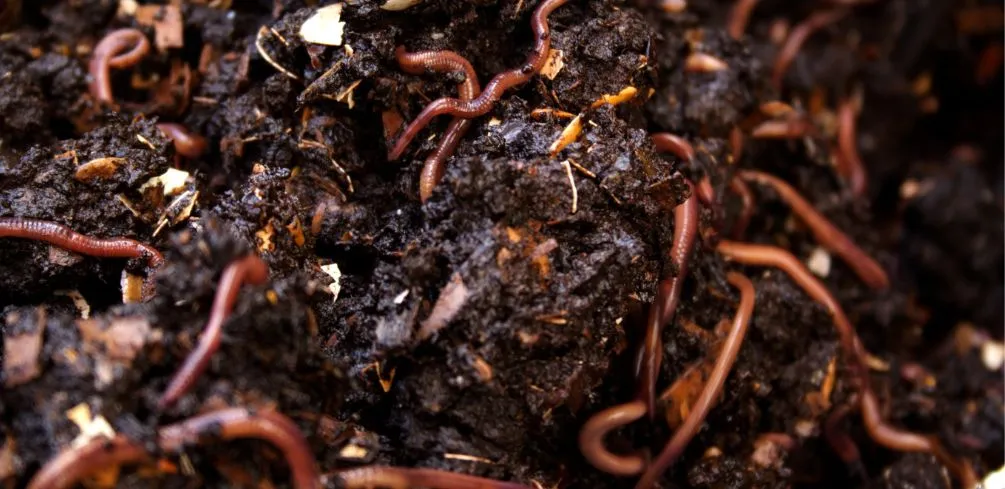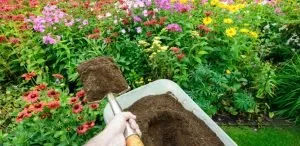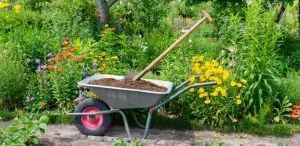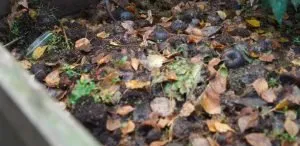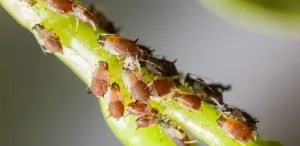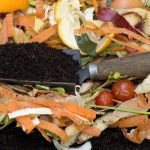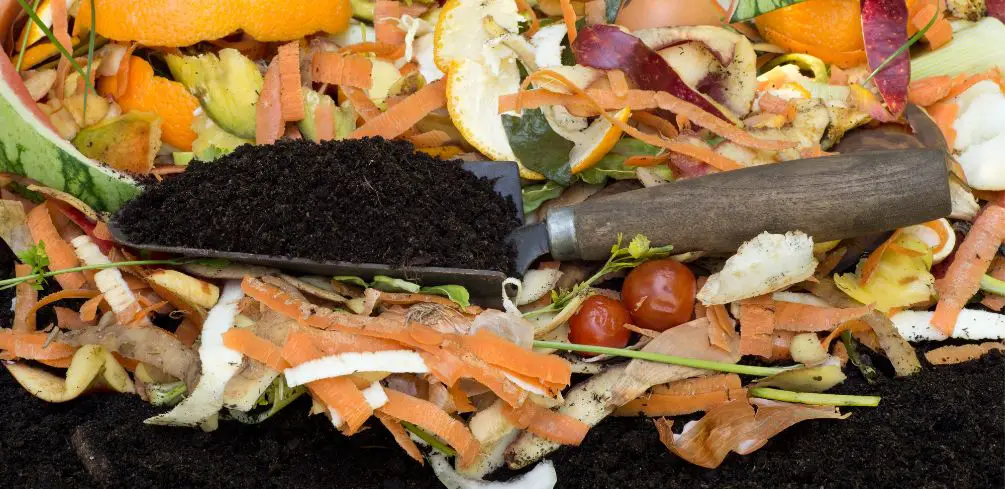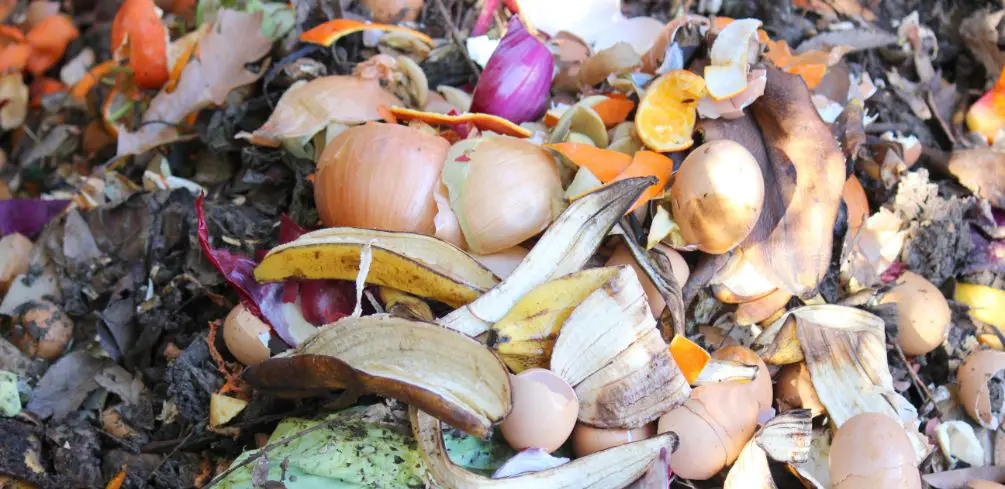Vermicomposting, also known as worm composting, is a sustainable and eco-friendly way to recycle organic waste. This process involves the use of worms to break down food scraps and other organic materials into nutrient-rich soil that can be used for gardening or farming.
Vermicomposting has gained popularity in recent years due to its numerous benefits, including reducing landfill waste and greenhouse gas emissions, improving soil health, and promoting sustainable living practices.
To successfully engage in vermicomposting, there are several essential factors that must be considered. These include choosing the right type of worms, selecting the appropriate container for composting, managing moisture levels and temperature, providing adequate food sources for the worms, and properly harvesting the compost.
This article will explore these vermicomposting essentials in detail and provide tips and strategies for beginners looking to start their own worm composting system.
Choosing The Right Type Of Worms For Vermicomposting
Did you know that earthworms can consume up to one-third of their body weight in organic matter every single day?
This interesting statistic alone highlights the potential of using worms for vermicomposting. However, not all types of worms are created equal when it comes to this process.
Selecting the right type of worm is vital for successful vermicomposting. Breeding habits and soil preferences are two key factors to consider when choosing worms for vermicomposting.
Red wigglers, also known as Eisenia fetida, are a popular choice due to their high reproduction rates and ability to thrive in moist environments rich in organic matter. They prefer soil with a pH between 6 and 7 and can tolerate temperatures between 50-85°F.
Another option is the European nightcrawler (Eisenia hortensis), which is larger than red wigglers and has a slower breeding rate but can tolerate lower temperatures and drier conditions.
It is important to choose worms that are well-suited to your specific climate and composting needs for optimal results.
Selecting The Appropriate Container For Composting
When it comes to vermicomposting, selecting the appropriate container is crucial. There are two main options available: DIY and commercial.
DIY options offer the benefit of customization and cost-effectiveness. Common DIY containers include plastic tubs, wooden boxes, and even repurposed trash cans. It is important to note that ventilation and drainage are key factors to consider when constructing a DIY container for vermicomposting. Additionally, it is recommended to avoid using materials that may contain harmful chemicals or toxins, such as pressure-treated wood or PVC plastic.
On the other hand, commercial options offer convenience and a wider range of features. These containers typically come with built-in ventilation systems, drainage mechanisms, and trays for easy harvesting of compost.
They also tend to be more aesthetically pleasing than DIY options and often have a smaller footprint, making them ideal for indoor use. Commercial vermicomposting containers can vary in size and price range, so it is important to consider one’s specific needs before making a purchase decision.
In summary, whether you choose a DIY or commercial container for your vermicomposting needs will depend on your personal preferences and circumstances. While DIY options provide flexibility in terms of customization and cost-effectiveness, commercial options offer convenience and a wider range of features.
Ultimately, selecting the appropriate container is an important step towards successful vermicomposting.
Managing Moisture Levels And Temperature
Moisture and temperature are two crucial factors that affect the success of vermicomposting. Maintaining appropriate moisture levels and temperature is necessary for the healthy growth of worms and microorganisms in the compost pile.
Overly wet or dry conditions can harm the worms, slow down the decomposition process, and generate unpleasant odors. On top of that, high temperatures can also kill off beneficial microbes, while low temperatures could cause anaerobic conditions. Therefore, it’s essential to monitor these factors regularly and make adjustments as necessary.
Ventilation techniques are an effective way to manage moisture levels and temperature within a vermicomposting system. Ventilation helps to increase air circulation, which reduces moisture build-up and prevents overheating. Proper ventilation also ensures oxygen availability for beneficial aerobic microbes that facilitate decomposition.
In addition to ventilation techniques, common issues such as overfeeding or underfeeding worms can lead to uneven decomposition rates, foul smells, or even worm mortality. Troubleshooting these issues requires careful observation of the compost pile’s condition and adjusting feeding habits accordingly.
By following best practices for maintaining appropriate moisture levels and temperature in your vermicomposting system, you’ll be able to produce nutrient-rich compost effectively without any major problems.
- Monitor moisture levels regularly using a moisture meter or by squeezing a handful of compost.
- Adjust moisture content by adding dry bedding materials like shredded paper or cardboard if too wet.
- Use a thermometer to check for an optimal temperature range between 18°C – 30°C (64°F – 86°F).
- Increase ventilation by drilling holes in the sides of containers or covering them with mesh screens to allow proper airflow.
Providing Adequate Food Sources For Worms
To maintain an ideal vermicomposting environment, managing moisture levels and temperature is crucial.
Providing worms with a balanced diet is equally important in keeping them healthy and productive. Worms require a diverse range of organic materials to thrive, including fruits, vegetables, grains, and eggshells. However, not all food sources are suitable for vermicomposting as they can cause potential harm to the worms or disrupt the composting process.
When planning a worm diet, it is essential to consider the feeding frequency. Overfeeding can lead to excessive moisture and unpleasant odor in the bin while underfeeding can result in stunted worm growth and reduced composting efficiency. A general rule of thumb is to feed worms once or twice a week, depending on the number of food scraps available.
It is also recommended to chop or blend the food waste into smaller pieces before adding them to the bin to increase surface area for easy consumption by worms.
In summary, providing adequate food sources for worms is crucial in maintaining a healthy vermicomposting system. Worm diets should consist of diverse organic materials that are chopped or blended into smaller pieces for easy consumption by worms. Feeding frequency should be considered when planning worm diets to avoid overfeeding or underfeeding, which may hinder composting efficiency.
Properly Harvesting And Using The Compost
After patiently waiting for the worms to work their magic, it’s time to harvest the compost. Before harvesting, make sure that the vermicomposting process is complete and the bedding and food scraps have been fully broken down. It’s important to avoid disturbing the worms during this process as they are essential in maintaining a healthy composting environment.
To harvest, simply push all of the compost to one side of your composting equipment, then add fresh bedding and food scraps on the other side. The worms will migrate toward the new food source leaving behind a pile of rich, dark compost.
This can be collected and used immediately in your garden or stored for future use. Another way to utilize vermicompost is by making compost tea. Simply mix a small amount of vermicompost with water in a container and let it sit for several days before applying it to plants as a liquid fertilizer.
Properly harvested vermicompost is an excellent addition to any garden or farm as it enriches the soil with nutrients while also improving soil structure and water retention. By following these simple steps and understanding how to properly use your vermicompost, you’ll be well on your way to creating a sustainable and thriving garden ecosystem.
Frequently Asked Questions
Is Vermicomposting Safe For Indoor Use?
When considering indoor vermicomposting safety, there are several health concerns that must be taken into account. Odor control is of utmost importance to maintain a comfortable and healthy living environment.
It is recommended to keep the optimal worm population in mind when starting an indoor vermicomposting project, as too many worms may lead to overcrowding and potential health issues. Proper worm bin design is also essential to prevent any escape or contamination.
While indoor vermicomposting can be a great way to reduce waste and produce nutrient-rich compost, it is important to always prioritize safety and take necessary precautions.
How Long Does It Typically Take For The Worms To Break Down The Compost?
The typical length of time it takes for worms to break down compost varies depending on several factors. According to research, the average time for vermicomposting to be completed ranges from 2-6 months, which is faster than traditional composting methods.
The benefits of vermicomposting are numerous and include improved soil quality, reduced waste disposal costs, and decreased environmental impact. Factors that affect compost breakdown rate include temperature, moisture levels, and the type of food scraps being used.
By optimizing these conditions, worm activity can be increased, resulting in a faster breakdown process.
Overall, understanding the factors that influence vermicomposting can help individuals achieve more efficient and successful results with this sustainable practice.
Can I Use Vermicompost On Plants That Will Be Consumed By Humans?
When it comes to the use of vermicompost on plants that will be consumed by humans, food safety is a major concern. While vermicomposting can significantly improve soil health and plant growth, it is important to ensure that the final product is safe for consumption.
One way to address this concern is through organic certification, which guarantees that the composting process meets strict standards for environmental sustainability and food safety.
By using vermicompost that has been certified organic, growers can provide consumers with an assurance of quality while also promoting sustainable agricultural practices.
How Do I Prevent Pests And Odor From Developing In My Vermicomposting Container?
To prevent pests and odor from developing in a vermicomposting container, it is essential to employ effective pest control methods and odor reduction techniques.
Pest control methods include maintaining proper moisture levels, avoiding overfeeding, and using physical barriers such as screens or mesh to keep out unwanted insects. Additionally, incorporating beneficial nematodes can help control harmful pests like mites and flies.
Odor reduction techniques involve adding dry bedding materials such as shredded paper or cardboard to absorb excess moisture that can lead to unpleasant smells. Moreover, regularly turning the compost and ensuring adequate ventilation can also reduce odors.
By implementing these practices, individuals can maintain a healthy and productive vermicomposting system while reducing the risk of pests and unpleasant odors.
Can I Use Newspaper Instead Of Shredded Paper For Bedding In My Vermicomposting Container?
Newspaper bedding alternatives for vermicomposting container maintenance have been a topic of debate among enthusiasts. While shredded paper is the most commonly used material for bedding, newspaper can also be utilized as a substitute.
However, there are some considerations to keep in mind. Newspaper ink can contain potentially harmful chemicals, so it is important to select only black and white newsprint. Additionally, it is necessary to moisten the newspaper before use to prevent it from drying out and becoming too compacted for worms to move through easily.
Overall, using newspaper as bedding in a vermicomposting container can be an effective alternative with proper preparation and monitoring of moisture levels.
Conclusion
Vermicomposting is an eco-friendly way to reduce organic waste and create nutrient-rich compost for plants. It is safe for indoor use as long as the proper precautions are taken to prevent odor and pests.
The length of time it takes for worms to break down the compost depends on several factors, including temperature, moisture, and the type of food scraps used. Vermicompost can be used on plants that will be consumed by humans, but it is important to ensure that the compost has been properly processed and does not contain any harmful bacteria or pathogens.
To prevent pests and odor from developing in your vermicomposting container, it is crucial to maintain a proper balance of bedding materials, food scraps, and moisture levels. Newspaper can be used instead of shredded paper for bedding in a vermicomposting container.
